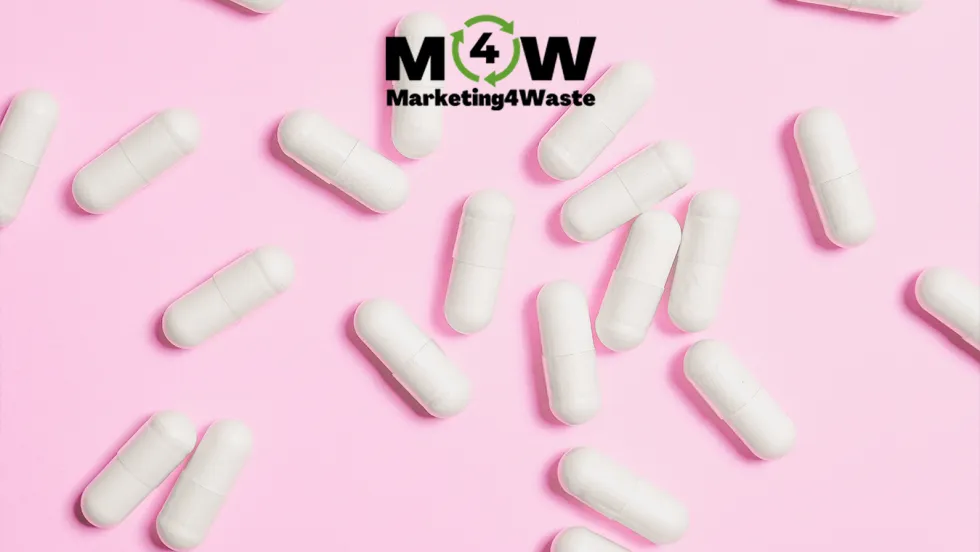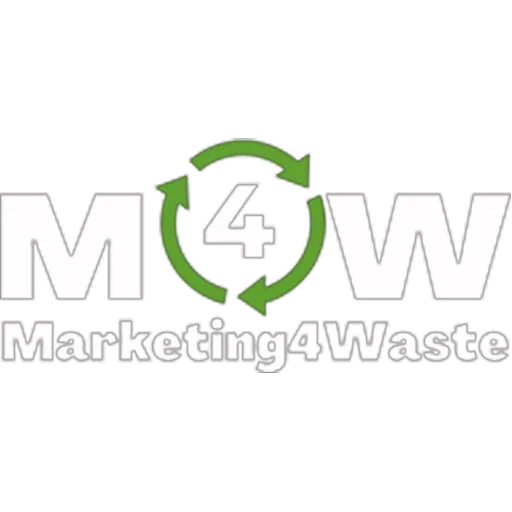Increase the Revenues of Your Waste Company With the Tips Shared in Our Blog Articles

Always Sell the Cure, Avoid Selling Prevention!
Discover how to use this approach to boost the waste collection in your area, preventing the idea that waste segregation is useless and that all the waste will finish in the landfills.
I know you are wondering, but we are not selling insurance or drugs.
We are in waste management, and we don’t sell prevention or cures.
Yes, you’re right, but in this article, I’ll show you why you have to talk about the cure and not the prevention in waste management.
Before I go ahead, let me show you what happens when someone talks to us about prevention.
In fact, what really happens is that it's part of human behavior, and it’s common for all of us, whether you’re talking about medicine or insurance or waste.
Think for one moment, what happened the last time that someone told you to take vitamin C to prevent the flu? You looked at him and said: I’m healthy, and I haven’t caught the flu in the last 10 winters. During winter, when you caught the flu, the first thing that you did was take high quantities of vitamin C.
Let me show you another example.
When you plan to go skiing, even if you are an expert skier, your health insurance provider suggests you add to your insurance coverage the accidents connected with extreme sports like skiing. But you decide not to add it because you are an expert skier. Unfortunately for you, you crash and injure your elbow on the second day of skiing. That compromises your vacation and leads to some losses in your job because you cannot work properly. It finally dawns on you that your insurance providers were right when they offered you the add-on to your insurance.
As you can see, both situations seem to have a common point: prevention doesn’t work.
But that’s not true.
Prevention works.
What is necessary is to leverage it considering the human behavior.
As I told you above, the reaction that I showed you in these 2 examples, it’s connected with human nature.
In fact, who of us thinks about getting the flu during the winter?
Who among us thinks he will break his elbow during the second day of skiing?
Who of us thinks of the necessity of a new glass for the windows of his house?
Who of us think that there will be the necessity of a new engine for his car?
Let me answer: No One!!!
That’s due to the fact that for human nature, we think that we are never going to get the disease/affliction/problem or whatever that the preventive can prevent, so it is a very tough sell.
And believe me, for waste management it is the same.
The results are under the eyes of all of us.
Think how many companies talk about prevention of waste dispersion.
Think how many people speak about the waste problems and waste prevention and which results they have.
Every single day each one of us generates between 0.11 kgs and 4.54 kgs of waste.
If all the amount of waste was properly disposed off and treated, we would not be talking about the island of waste diffused in the sea, we would not be seeing the waste in the streets and we would not have the waste problem.
Unfortunately it continues proving what I told you earlier: prevention doesn’t work.
The question is: how possible is it to talk about prevention without talking about prevention?
It’s possible.
And that’s the first thing to say.
In sales there is a saying that goes like this “sell the hole not the drill”.
In waste management and especially in waste segregation you have to do the same.
What you need to do is to talk about the cure (the hole) and not the prevention (the drill).
How is it possible to apply it in waste management and especially in waste segregation?
Well, let me say that the shortages just happened (and in some cases still active) offer you a great support to this strategy.
But let me start from one aspect: waste segregation helps the waste facilities to collect waste segregated, to process it and sell secondary raw materials to facilities that use the secondary raw materials for their productions.
That should be the starting point.
I want to add another point.
Indeed what scares people is that segregated waste will end up in landfills, and they use this “myth” to avoid waste segregation.
The two points that I’ve just mentioned are very important.
The first one tells what really happens to waste.
The second one reflects what limits the waste segregation supporting the waste dispersion.
It’s the same situation of prevention and care.
Telling the people that they should do the waste segregation to avoid the contamination of fields, the contamination of waters and having cleaning cities you are talking about prevention.
As I demonstrated above, it doesn’t work.
It’s in human behavior.
You cannot change it.
People continue to think that it “will not happen in their backyard” and for that they continue to act in the same mode.
For that it’s important to start to talk about the cure.
And I know that you are asking what is the cure?
Great question!
The cure is the shortage.
Starting from the point that the waste segregated is processed and sold as secondary raw materials for the production of other products, you can understand how important it is to talk about the shortages.
But how to talk about that in your marketing?
That’s the challenge.
No, I’m joking.
First of all, win the worries of people about what really happens to their waste.
You can create a description of the process that happens in your facility everytime that waste arrives. To do that, remember that you should avoid technical terms and try to talk about the process like you’re describing it to your 5 years old son, daughter or nephews.
Create an open day where you invite the schools, the citizens and the authorities to show how your facility processes the waste and how you produce the secondary raw materials.
Secondly, involve one of the companies that purchases your secondary raw materials to create products that people use daily.
As an example should be a company that produces recycled plastic bottles starting from the plastics raw materials that you supply it.
Describe their process in the same mode that you described yours.
Show the people what happens when they do not receive the raw materials that you supply it. As an example you should show the plant closed and the problem to all the clients that use the plastic bottles for their productions.
At the end you’ll show the unavailability of some products in supermarkets and groceries stores.
That’s what you need to do to move the people from the prevention to the cure.
Due to this approach, and using the strategy that I simplified here, you’ll be able to increase the waste segregation in your area and at the same time you’ll be able to promote a different approach to waste management without screaming about the waste problem.
Try it and let me know!
Be The Change
Sam,


© 2025 Marketing4waste - All Rights Reserved,
Marketing4Waste is a brand of MiM MarketingInterimManagers LLC
+1 801 804 5730

